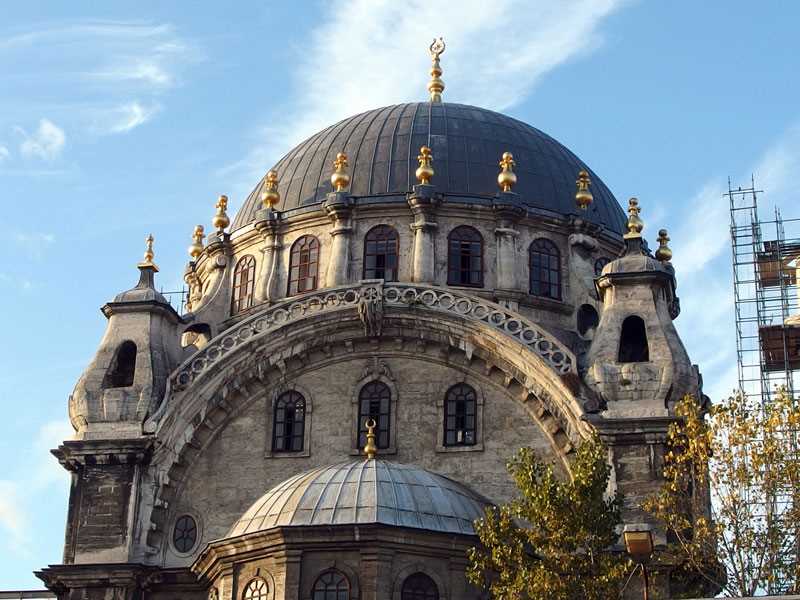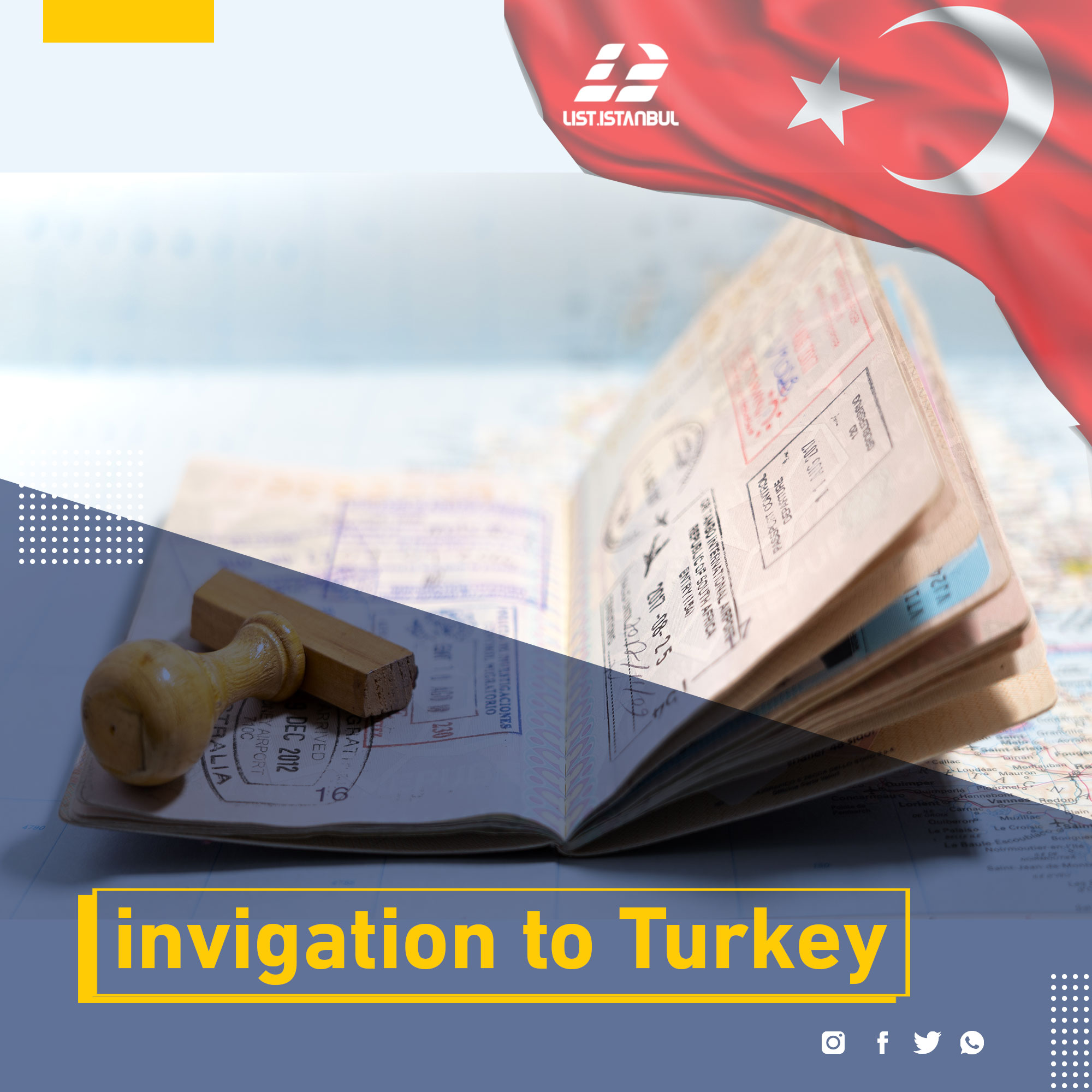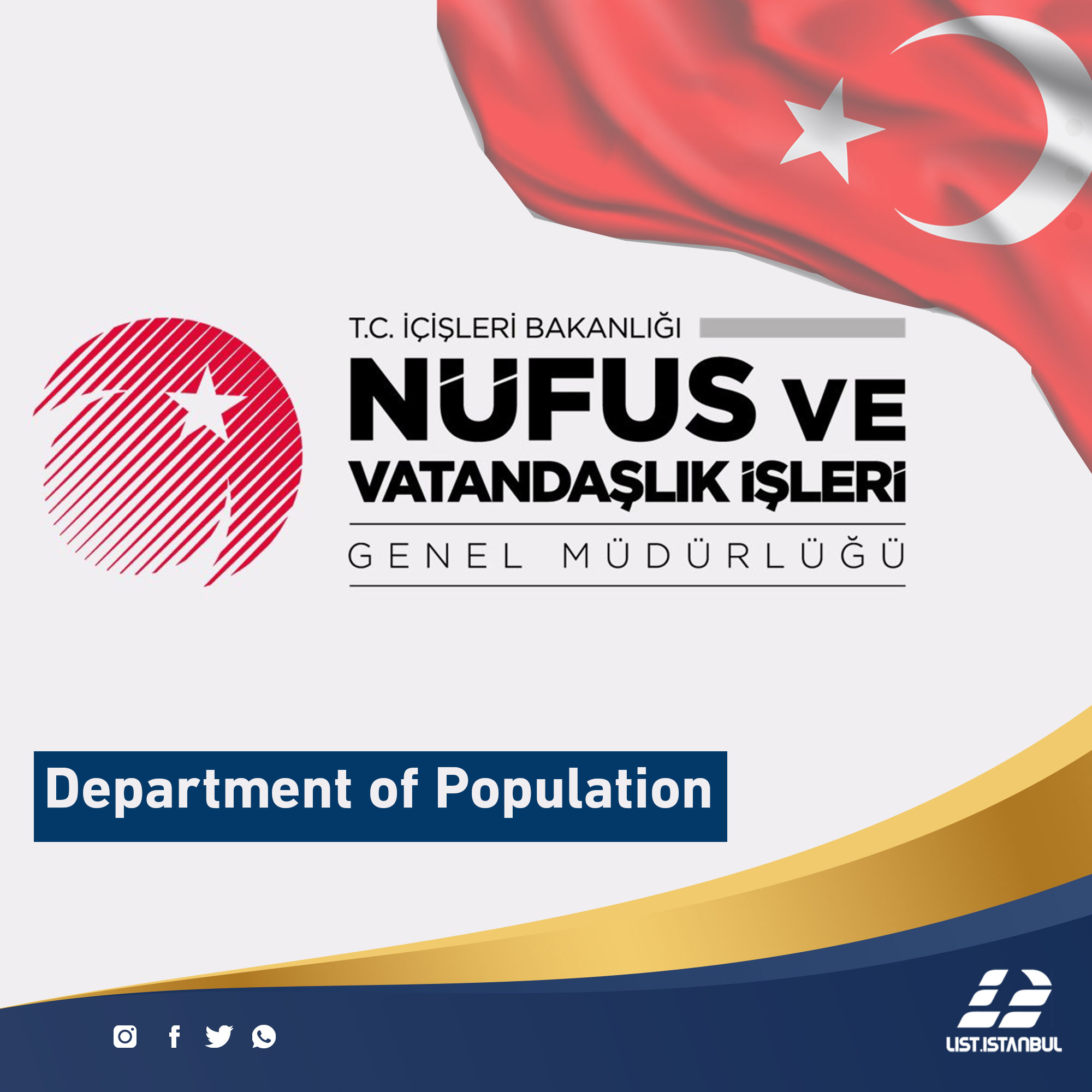The Mosque of Nusretiye is one of the last mosques built in classical Ottoman architecture.
The Nusretiye Mosque is located in the Tophane district of the Beyoğlu district in the European section of Istanbul.
At the beginning of the 19 th century (1823 - 1826) and by order of Sultan Mahmud II built a bronze mosque on the ruins of the wooden mosque founded by Sultan Salim III, which was called the Arabcılar Kışlası'nın camisi Mosque, which was burned and became ruins. It was known as the Mosque of Tub Tophane Camii Mosque and called the mosque the name of the Mosque of Victory, which means the Mosque of victory, a reference to the victory of the Sultan on the rebellion of the Incursion Army. The mosque was completely reconstructed between 1955 and 1958 and in 1980 and 1992 it was partly reconstructed.
The complex was designed and executed by the architect Krikor Amira Balyan and it took three years to build. The entrance to the mosque was built in the Baroque style, with a height of 4 m and a width of 2.10 m. The Haram section covers a high dome with a height of 33 m and a diameter of 15 m, decorated with handwritten inscriptions and contains 20 windows. The mihrab was created in the form of a semi-circle inside, half-dome, with two windows at its ends.
The floor of the mosque contains four strings of windows that run on its lamp. The marble covering the walls of the mosque is raised by the second series of windows. The mosque has two minarets with two balconies. The courtyard of the mosque contains a large fountain covered with a large dome based on 10 columns, and the courtyard also contains two other builders are the solar system and the path.
The vaulted building in the east and west of the entrance is the Sultan's Palace, which sits on a round marble arch that is also based on marble columns. The Sultan's Palace can be reached from inside the chapel rooms as well as from the outside gallery. The Sultan's entrance is located on the south side overlooking the sea. The walls of the Sultan's Palace are decorated with plants and flowers, while the entrance with the arch reveals the magnificence of the line drawn by the famous calligrapher Mustapha Raqem.








